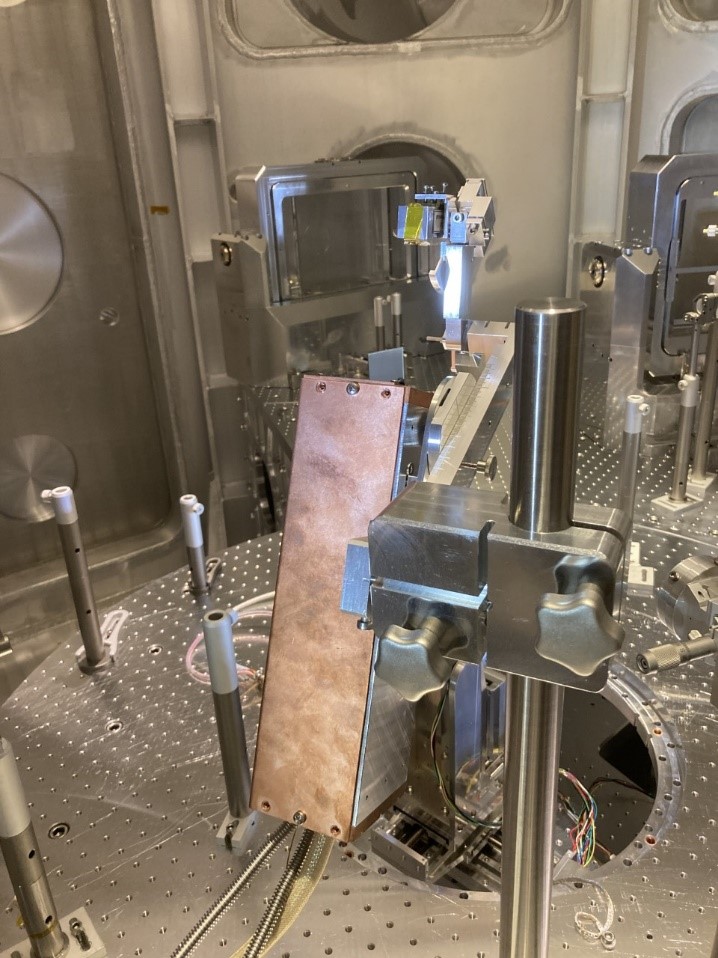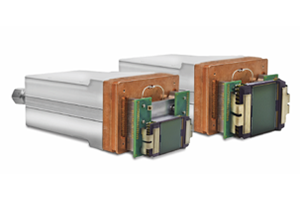Dr. Florian Condamine
ELI Beamlines
Background
Dr. Florian Condamine works at the Extreme Light Infrastructure (ELI) Beamlines, a European research institute offering highly intense laser systems and high energy radiation to enable research in the fields of physical, biomedicine, material science and more.
Dr Condamine and his team have developed a high-repetition rate solid samples delivery system for PW-class laser-matter interaction. This instrumentation can measure 1000s of interactions within one experiment without having to replace the target, increasing the data quality and statistical reliability, while reducing overall experimental time. These solid laser-matter interactions provide essential data but can encounter experimental limitations.

Challenge
To overcome the common limitations of high-repetition rate laser-matter interactions on solid targets, the experiment utilizes a tape target system, moving the target material on spools. This allows the target to remain aligned and produce a fresh surface of material throughout the entire experiment while moving the solid target at the same rate as the high-repetition laser.
The instrument provides 300° of freedom around the target, as well as flexible locations of diagnostic systems. A lot of the phenomena being researched by this method is angle dependent, and often requires close proximity between the target and diagnostic system. To achieve this, a detector that allows for versatile geometry is essential. The detector would also need to be fully in-vacuum and protected from surrounding electromagnetic pulses, while allowing for high intensity laser experiments.
The PI-MTE, in association with the tape target system, allows us to use the laser at its maximum repetition rate
Solution
The PI-MTE from Teledyne Princeton Instruments is a fully in-vacuum CCD camera, featuring a large sensor and high soft x-ray sensitivities. The ability of the PI-MTE to remain inside the vacuum at all times allows for essential flexible geometries to be preserved. By encasing the PI-MTE within a faraday cage, any damage from surrounding electromagnetic pulses is minimized, while still allowing high intensity laser experiments.
With higher frame rates than previous generations, deep cooling to minimize noise, and large formats, the PI-MTE is ideal for these fast rate, single shot spectra, typical of these experiments.
Find out more about the tape target instrument, and the research behind it, in Dr Condamine’s paper “High-repetition rate solid target delivery system for PW-class laser–matter interaction at ELI Beamlines”.

